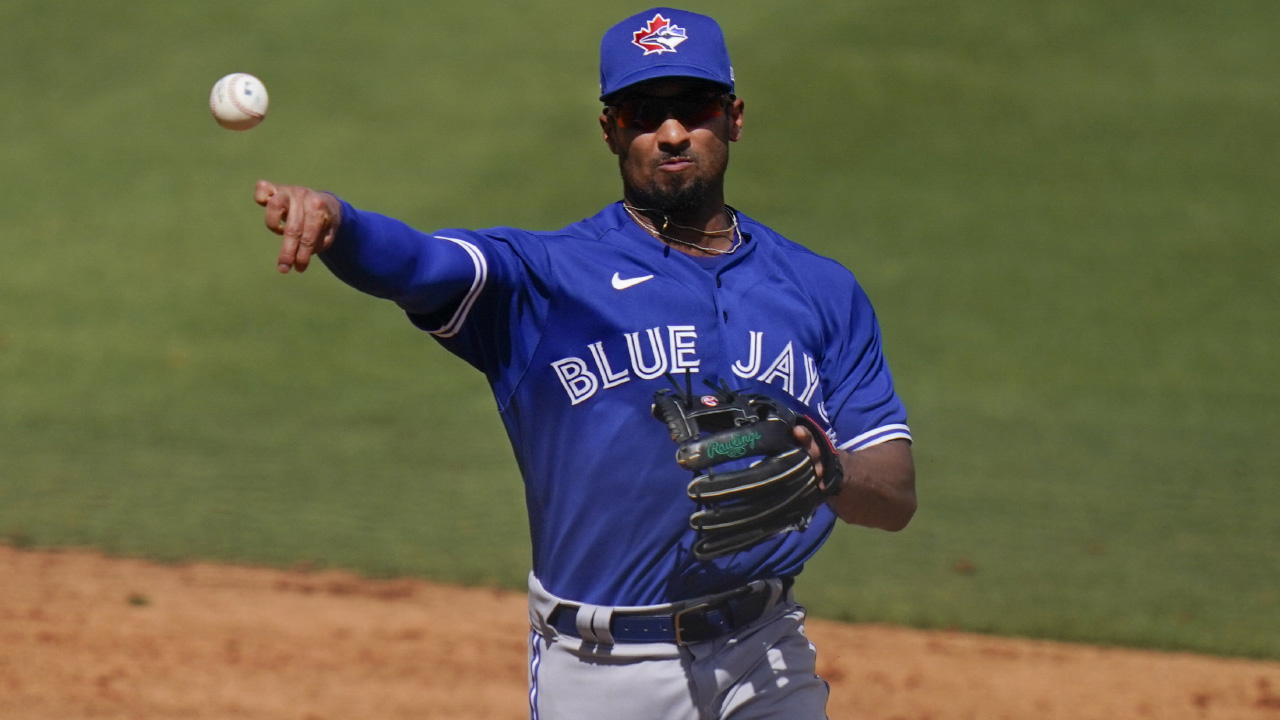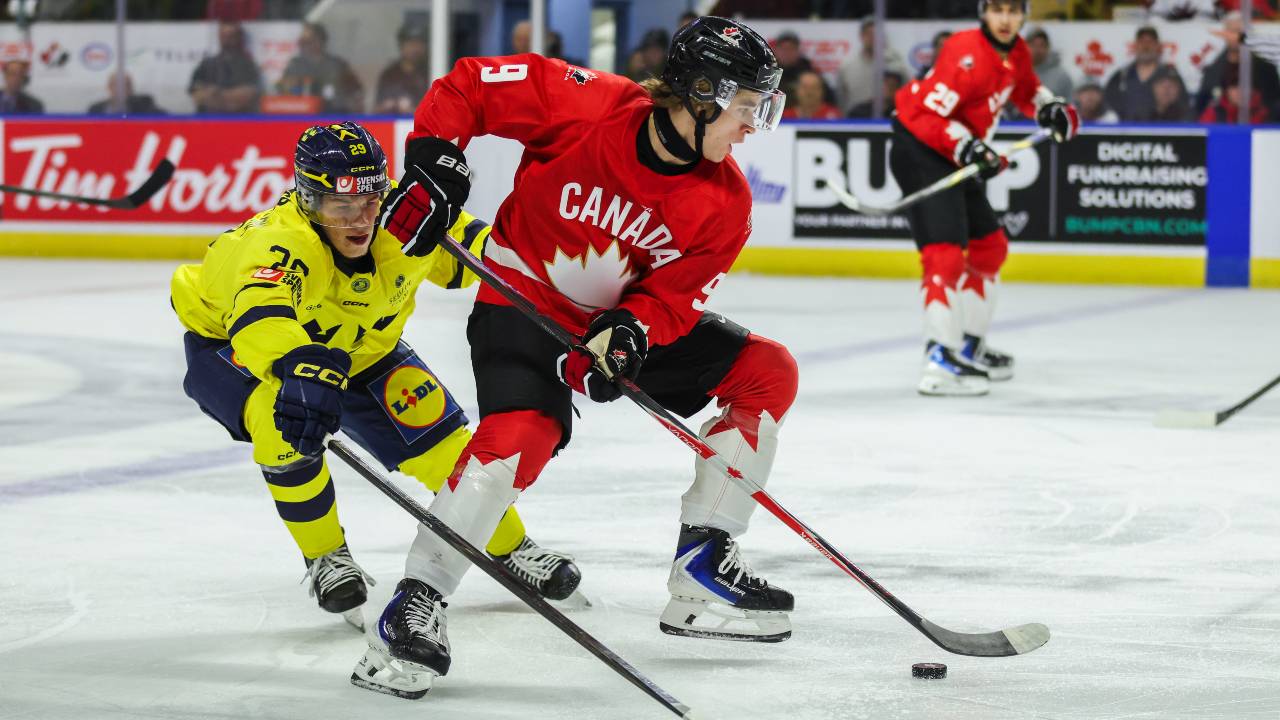
TORONTO – Over the winter, after the most demanding year he’d faced since first being elected as the player union-representative for the Oakland Athletics in 2017, Marcus Semien decided to pursue a bigger role with the players association.
Five seats were open on the executive subcommittee, the union’s highest-ranking member body – two to serve as alternate association reps to returning members Max Scherzer and Andrew Miller, three more to join Canadian James Paxton on the pension side. Having just helped his A’s teammates navigate the return-to-play from the COVID-19 shutdown, both on the health side as well as in fighting back the owners’ financial clawback attempts, Semien felt ready to give more.
“I’ve learned a lot over my entire career, but as a young buck, you don’t know much about the ins and outs of the union and the owners and what we’re talking about. You just want to show up to spring and play ball and make a living,” says Semien, who signed an $18-million, one-year deal with the Toronto Blue Jays in February. “Over time you start to understand some of these issues and with my experience, I’ve been an everyday player for the last six years, I have a lot of input based off of my role as a player. And I’ve just become very passionate about these things, so I reached out to the union and asked how I could be involved more.”
In December, Semien and Francisco Lindor were elected alternate association reps, with Gerrit Cole, Zack Britton and Jason Castro voted to the pension committee, a sign of their standing within the wider player body. More significant is that they assumed their duties with the collective bargaining set to expire Dec. 1, amid growing player frustrations over spending trends in free agency, the service-time manipulation of young players and a growing mistrust of owner intentions.
Factor in the pandemic’s ongoing economic fallout and legitimate concerns about how analytics-driven adjustments to the sport have watered down the game’s entertainment value and the players association, as well as the industry as a whole, is approaching a major inflection point.
Semien, as a member of the executive subcommittee, will be part of the informal negotiating team with the 30 player reps and will be among those voting on the next CBA. That gives him a significant voice in where the game is going, not to mention a host of additional duties to his Blue Jays teammates along with fellow players around the majors.
“In a lot of ways our guys view themselves, rightly so, as stewards of the game. That responsibility is what often moves guys to get involved in a leadership position,” Tony Clark, the union’s executive director, says in an interview. “The on-field stuff is all-consuming … but there are always things going on in the background that affect what happens on the field and that affects what happens off the field. Players like Marcus are willing to take on that additional burden for those that are on his team and those that are going to come after him. When he stepped up and represented his interest in being involved, it really wasn’t a surprise that his peers supported him in the fashion that they did.”
From that vantage point, Semien’s presence on the Blue Jays comes at an opportune time, joining a roster stocked with coming-of-age players as a major flashpoint that could alter their future-earning paths looms. While Randal Grichuk has been steadily involved with the union, as has newly signed David Phelps, both last season’s player rep, Matt Shoemaker, and alternate Chase Anderson departed this off-season.
The Blue Jays have yet to select their 2021 representatives. They haven’t had much continuity in that regard since the days when Jose Bautista, R.A. Dickey and Kevin Pillar took on active roles.
“There is no doubt that the trends we have seen over the last five, six, seven years perhaps, highlight the fact that the league and the teams are more interested than ever before in moving along veteran players,” says Clark. “You always appreciate continuity, but there are players who have the respect of their peers in deference to the team they’re on. Marcus is one of those players. And so, with a young, talented team, as Toronto is, I also think it’s safe to say that not only is Marcus bringing a high level of respect with him, as is George (Springer), but there are also young players that are establishing themselves, and have voiced an interest in wanting to be involved already. It’s really remarkable and a testament to the fraternity how indifferent to some of the decisions that are being made by clubs, by the league, that the link in the chain continues to be is as strong as it is.”
Needed or not, a galvanizing moment came last month when Kevin Mather resigned as Seattle Mariners president and CEO after telling a Breakfast Rotary Club in Bellevue, Wash., that the club planned to manipulate Jared Kelenic’s service time. Also in the 46-minute question-and-answer session, Mather criticized fellow top prospect Julio Rodriguez’s command of English, made disparaging comments about Hisashi Iwakuma and suggested teams would wait out free agents until they came looking for jobs hat in hand.
Essentially, he confirmed nearly every union concern about management thinking.
“It was tough to read about,” says Semien. “It’s kind of two-fold because there was what sounded a little racist or whatever you want to call it, toward Latin players, and then you just hear about the service-time manipulation part. There are some very talented young players in the game that deserve a shot when they are ready and whenever the front office thinks they can come help the ballclub win. It shouldn’t have to do with how they can manipulate the service time to make him a cheaper asset. That’s the stuff that goes on and those are things that we’re working on as a union to make better. I’m sure that’s something us and the league will talk about. But when you hear it that blatant in the media from a CEO, you just kind of shake your head. Those are conversations that maybe were happening behind closed doors, and now it’s kind of just been shined into the light.”
Vladimir Guerrero Jr.’s oblique strain in 2019 shut down his service time debate but the Blue Jays delayed Nate Pearson’s promotion last year just enough to push back his free agency one year. Bo Bichette and Cavan Biggio were both legitimate mid-season promotions.
“It’s unfortunate that the types of manipulations that we’ve seen – and from a business standpoint, understand – are a topic of discussion and part of the equation in the fashion they are,” says Clark. “Whether you’re a fan, a player or, to a certain extent, a team or media, you always question whether or not the best players are on the field. That shouldn’t be a question for us. Hopefully, we can work through it. And everyone at least appreciates that having a higher level of integrity in the system is actually going to be beneficial for all involved.”
The optimistic view is that the CBA’s expiration offers an opportunity for a wider strategic rethink of how to update the game’s wealth to reflect current industry practices, and how to best recalibrate a slow game for an attention-deficient generation. But the fractious path back to play last summer highlighted the potential for damaging schisms. There are those who believe the relationship between owners and players is at the lowest point since a strike was narrowly averted in 2002 moments before an Aug. 30 deadline.
“Every five years you have a system in place that needs to be adjusted, or there are things that we as players may like and there are things that the league and the owners may not like. You just have to kind of sift through them and figure out how to keep everything moving,” says Semien. “That’s always been the goal – I don’t think either side wants no baseball. But there are things that need to be figured out. Over the past five years, we’ve seen trends that we may not like that we will bring up. And for them, I’m sure they want pace of play, for example, and things to make the game more exciting. So we’ll learn a lot this year about what they want and they’ll learn about what we want and we’ll come together.”






